5. White Out, Black In (Adirley Queirós, 2014)
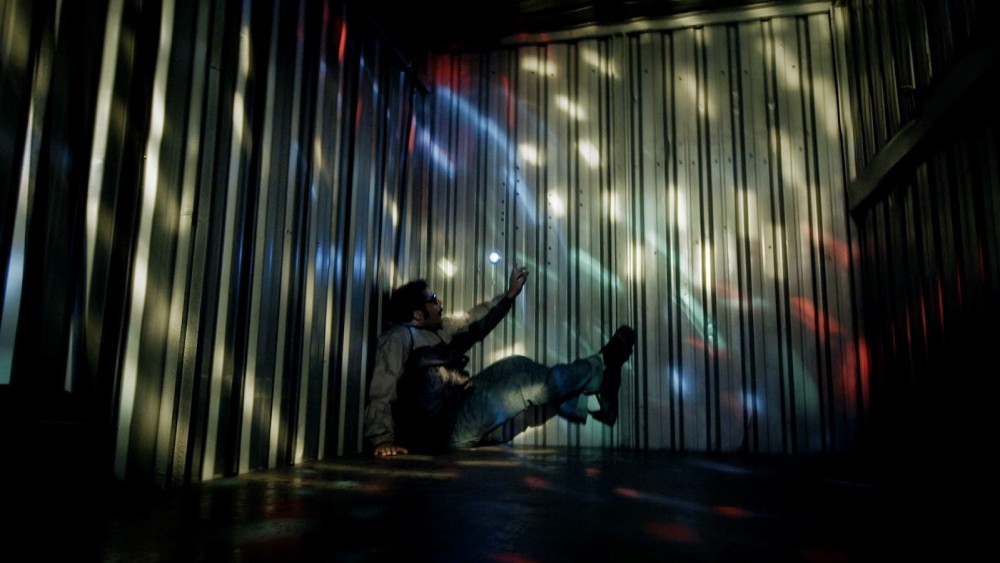
Mixing sci-fi and documentary, Adirley Queirós is inspired by a tragic real-life incident that occurred in the city of Ceilândia – a satellite city of the rich capital Brasília – in the mid-1980s to create one of the most prominent Brazilian films in the last few years.
“White Out, Black In” would have been the phrase uttered by a police officer during an intervention at a funk party in Ceilândia, with the intention that all white people present there should leave the place as quickly as possible, while blacks should remain and suffer the consequences.
The three main characters are Marquim and Sartana, who interpret fictional versions of their real lives, and Dimas Cravalanças, a time traveler from the year 2070 with the goal to find evidence of the crimes of the Brazilian State against the black and poor populations, so that justice, albeit in the distant future, may finally happen.
The super low budget of the film requires its whole setting to be improvised, which ends up combining with the satirical and marginal theme that the film proposes. Metal, tin, scrap, neon lights, and inventive sound effects bring to the film an aspect of a “cyberpunk B movie.”
Marquim, in real life, was present at the funk party incident and ended up in a wheelchair. In the film, he is a kind of hacker who plans to launch a mysterious bomb on Brasilia – a musical bomb, a mix of various musical genres considered in “bad taste” by the authorities, which will be launched on the building of the national congress.
Sartana, who was also present at the event where he lost a leg, is the music producer who will help Marquim in the construction of the bomb. Combining creativity and protest, “White Out, Black In” is a beautiful reflection on the racial tensions in Brazil and a great exercise in low-budget sci-fi.
4. Cemetery of Splendour (Apichatpong Weerasethakul, 2015)
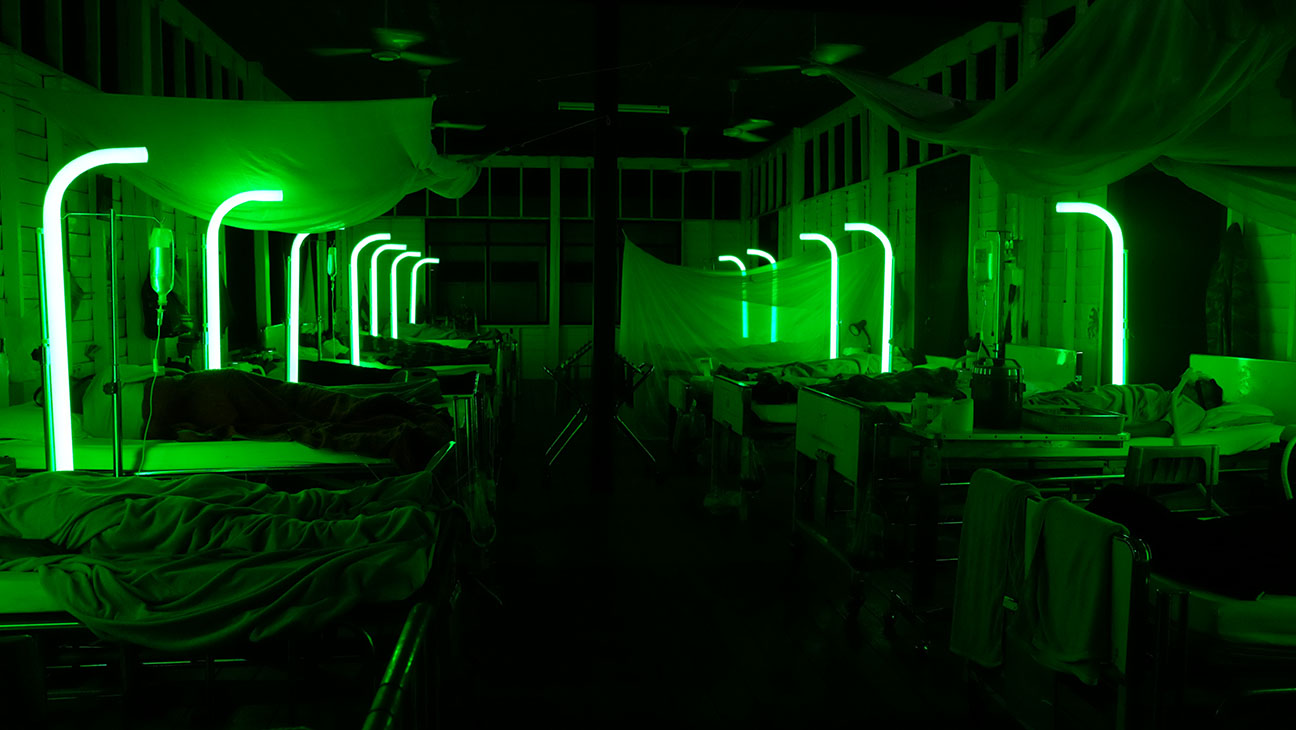
In a small town in Thailand, soldiers fall into a deep sleep and can no longer wake up. They are kept in a local hospital where a girl named Keng, who has telepathic powers, helps the soldiers’ relatives with their ability to communicate with them.
Meanwhile, a strange creature is taken from a nearby lake and a doctor installs strange pipes next to the soldiers’ beds, which emit colored fluorescent lights, and which he says are reliable because “the American army used them in Afghanistan” and they made the soldiers have peaceful dreams instead of nightmares.
One of the local nurses, Jenjira, takes care of a soldier who does not receive visitors and starts paying more attention to him. Jenjira also befriends Keng and, after finding a soldier’s diary containing enigmatic writings, she will be guided by him to find out that the place upon which the hospital functions was formerly a cemetery.
Combining science fiction with Thai mythology, Apichatpong creates the weird story of “Cemetery of Splendor,” a contemplative reflection on dreams, memory, and spirituality. The film always follows a slow rhythm and there is no concern in situating specific context for the technologies and strange events that occur before our eyes. Everything is incorporated by the mythology of the environment, and is “accepted” as normal by its characters despite the apparent realism.
3. Altered States (Ken Russel, 1980)
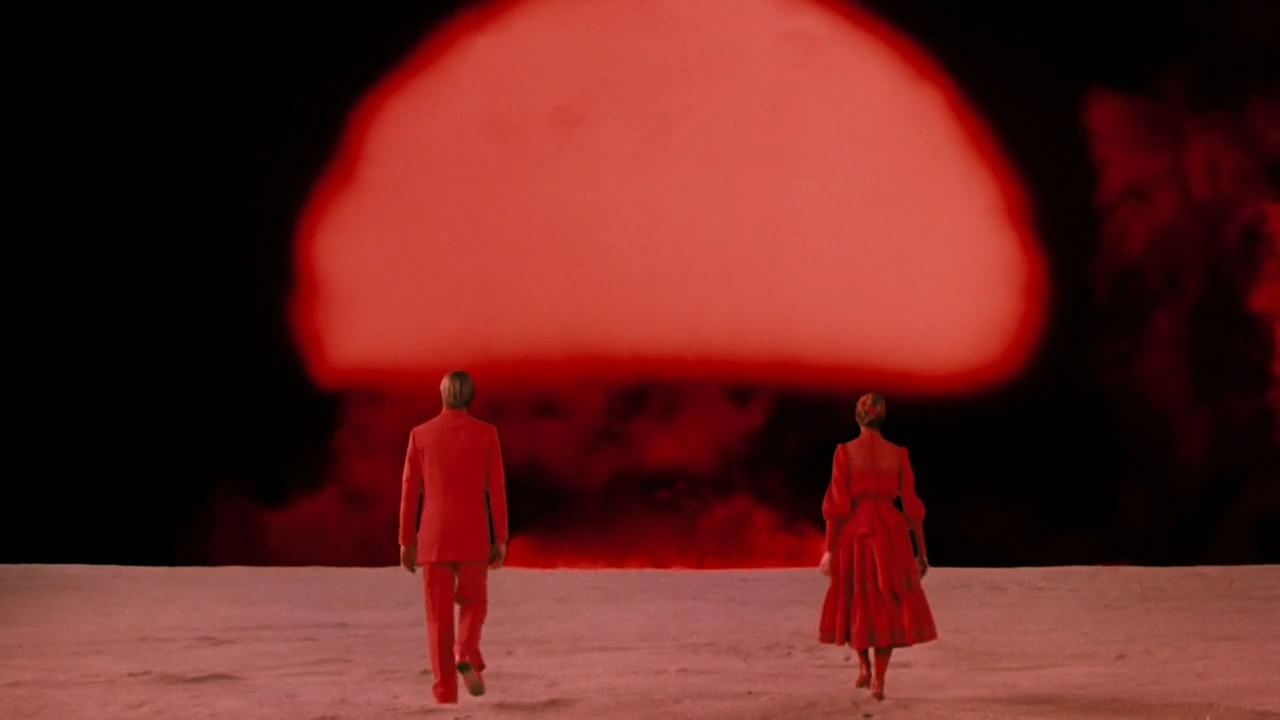
In this psychedelic sci-fi, William Hurt is Professor Eddie Jessup, a scientist completely obsessed with his research. He is in the midst of a study on schizophrenia, but his main purpose in life is to unravel the mysteries of the human mind, and he is willing to do everything in order to find the ‘truth’, even to give up the good relationship he has with his family and of his physical and mental integrity. Things start to get out of control as Jessup begins to expose himself to experiences of sensory deprivation and hallucinogenic drug use, or anything he believes may be useful to make his intellect expand.
The altered states to which the title of the film refers begin to become more intense after Jessup takes a trip to Mexico, where he acquires powerful hallucinogens through natives who specialize in shamanism. The moments in which he reaches such states are the high points of the film, where the sound effects and the editing, with fast inserts, try to pass the hallucinated state of the character.
One of the most interesting aspects of the film is its relation to religion, in a rare sci-fi example that reflects not only on the human being’s relation to science and technology, but also on science itself in relation to different types of mysticism and faith.
2. Pinocchio 964 (Shozin Fukui, 1991)
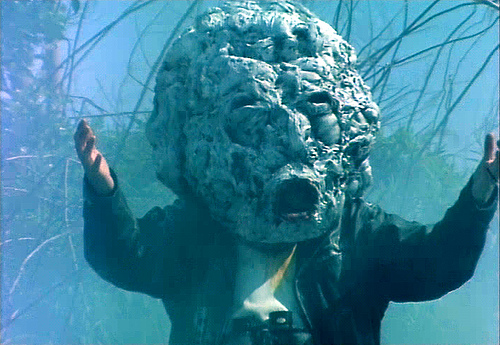
In this bizarre piece of erotic cyberpunk mixed with horror, Shozin Fukui shows the story of a sex slave cyborg who, after being discarded by his owners for not being able to satisfy them, ends up making friends with Himiko, a homeless girl who will help him to survive and live on the streets. They begin to have an even closer relationship, but when the company that created Pinocchio sends its agents to exterminate him, things start to get even weirder.
The film abuses an extreme stylization that, while on the one hand may not please everyone, without a doubt makes it one of the weirdest sci-fi films in history. Right at the beginning we are thrown into a universe of eroticism, violence and absurdity, all shown through the camera movements and flashy shots, slow and fast motion, fuzzy sound effects, a mix of colorful and black and white, plus spatial characterization and special effects to the best trashy style like a macabre video clip aesthetic.
Therefore, it seems symptomatic that the only person who ends up feeling compassion and having a certain connection with the defective Pinocchio is just a homeless girl, both being equal in the sense of being considered uncomfortable inconveniences for society. An enormous amount of injuries, blood, and all kinds of body fluids imaginable will be expelled, and is not a very suitable movie to watch during meals.
1. Tetsuo: The Iron Man (Shinya Tsukamoto, 1989)
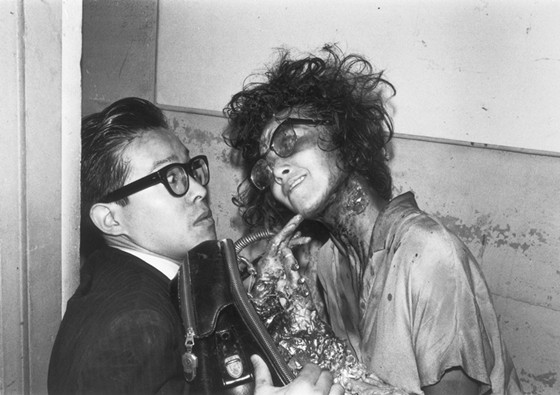
“Tetsuo: The Iron Man” begins by showing a man who desperately tries to insert metallic objects inside his body. The attempt does not work out very well and as he runs off into the street, he is run over by a man who only drives away after the accident. After that, we see a man who has become “infected” by the metal disease after cutting his face while shaving. From there, he will find other people, even strangers, all with some kind of metallic device attached to their bodies that will try to kill him.
Written, directed, produced, edited and shot by Shinya Tsukamoto, the film follows in a line that is almost dadaist, interspersing scenes that are more and more weird, but always with a very strong aesthetic power.
The soundtrack and sound effects are a beauty apart, but it is the editing that stands out for being perhaps even more inventive than films like “Je t’aime, Je t’aime” and “Pinocchio 964.” In addition to the impressive stylistic ability for a low budget film, Tsukamoto’s film deals with fetishism and mental disorder in a society that is growing increasingly alienated.
Another super low-budget sci-fi on the list, “Tetsuo: The Iron Man” seems to have all the essential characteristics to be considered the weirdest sci-fi movie of all time. It features the exaggerated eroticism and violence of “Pinocchio 964,” the formal experimentation of “Je t’aime, Je t’aime”, the underground creativity seen in “Ga, Ga” and “White Out, Black In,” the surrealism and strangeness of “Cemetery of Splendor,” the scientific reflection of “Scanners” and “Altered States,” as well as an imaginative and unusual dystopian view of the human being’s relationship with technology like that of “Alphaville.”